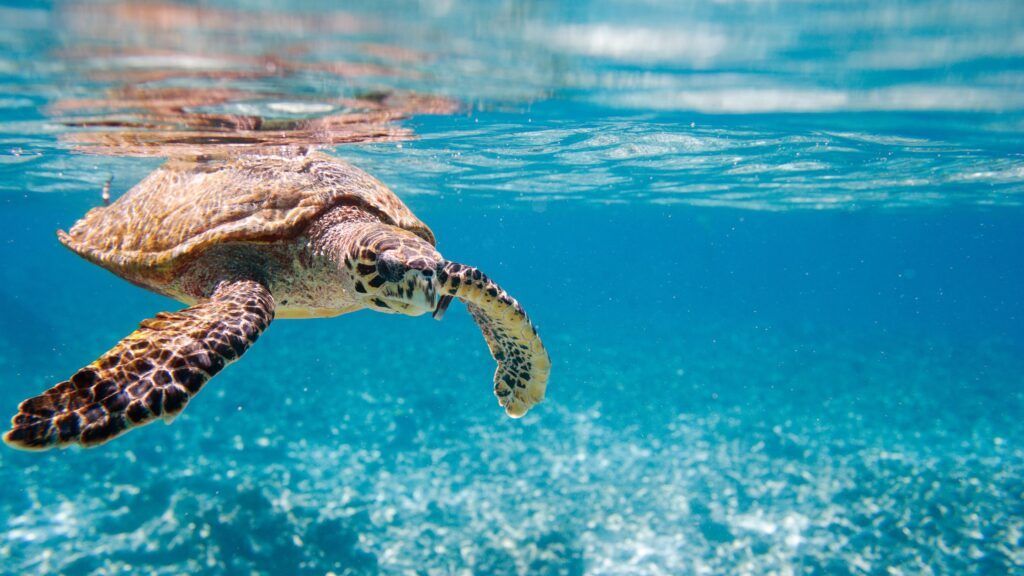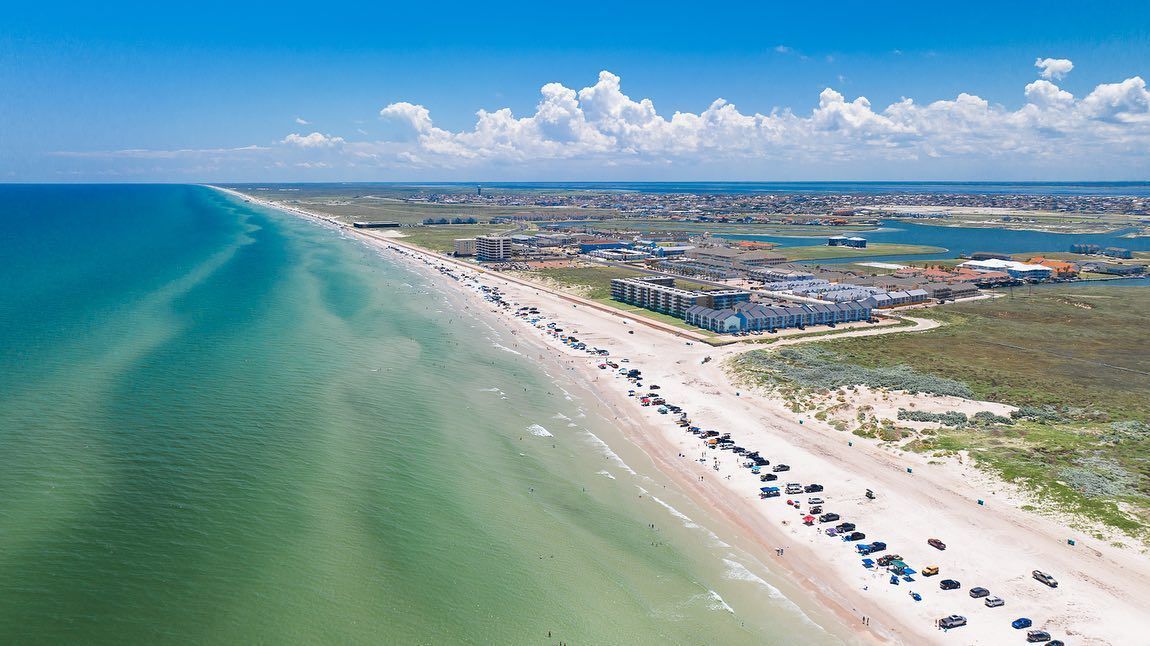Spotting Sea Turtles in Port Aransas
Unveiling the Mysteries of Gulf Coast Marine Life
Port Aransas, nestled along Texas’ Gulf Coast, isn’t just a beach destination—it’s a haven for marine enthusiasts. Amidst the waves and sands, sea turtles glide silently, captivating the hearts of all who catch a glimpse. Join us as we dive into the world of sea turtles in Port Aransas, from their distinct characteristics to the vital role they play in coastal ecosystems. Discover one of the most captivating things to do in Port Aransas while experiencing the beauty and biodiversity of Gulf Coast marine life.
The Shell-Ebrities of Port Aransas
Sea turtles drifting near the jetty rocks are a sight to behold, sparking excitement and wonder. These creatures, dubbed “shell-ebrities” of the sea, mesmerize locals and tourists alike with their graceful movements and timeless allure.
Exploring Sea Turtle Species
Port Aransas boasts a rich variety of sea turtle species, each with its own unique traits and habits. Among the regulars are Kemp’s Ridley, Green, and Loggerhead sea turtles, contributing to the vibrant marine tapestry of these waters.
Kemp’s Ridley

Kemp’s Ridley sea turtles, the rarest of them all, find refuge in Port Aransas’ waters. Small yet swift, they nest quickly during the daytime, relying on organizations like the Amos Rehabilitation Keep (ARK) for protection.
Loggerhead

With their large heads and powerful jaws, Loggerhead sea turtles stand as guardians of Port Aransas’ coast. Their diet, including hard-shelled prey, helps maintain the marine ecosystem’s delicate balance. At the ARK, “Barnacle Billie” embodies their resilience.
Green

Green sea turtles, known for their herbivorous diet and green fat, thrive amidst Port Aransas’ algae and seagrass meadows. Weighing up to 500 pounds, they embody harmony between land and sea.
Leatherback and Hawksbill

While less common, Leatherback and Hawksbill sea turtles add mystery to Port Aransas’ waters. Leatherbacks, the largest, venture into deeper waters, while Hawksbills favor coral reefs and unique feeding habits.
Preserving Our Ocean Guardians
Despite their majesty, sea turtles face threats like bycatch and pollution. To protect them, we must remain vigilant in conservation efforts.
How You Can Help
As a visitor, you can aid sea turtle conservation by reporting sightings to the Turtle Hotline at 1-866-TURTLE5. Together, we can secure a brighter future for these majestic creatures.
Spotting sea turtles in Port Aransas reveals the beauty and diversity of Gulf Coast marine life. From Kemp’s Ridley to Green, each species plays a crucial role in coastal ecosystems. So, keep an eye out for these enchanting creatures and join us in protecting their ocean home.
Categories: Wildlife Spotting




